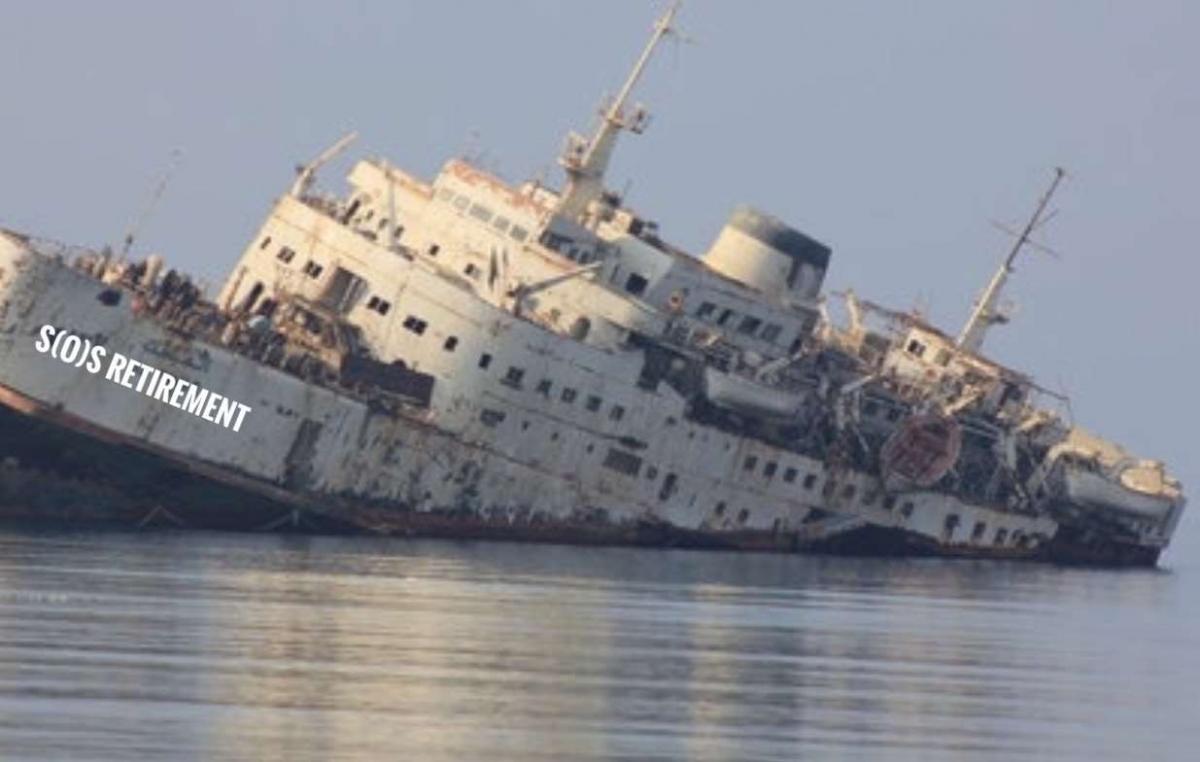By Bill Kelly, CEO, CAIA Association Ask someone of a certain generation to name the most common worldwide distress signal, and they will likely come back with SOS. No surprise then that this same signal, borne from the Morse code, turns 111 years old on this date in history. Most pay little attention to tapped-out dots and dashes these days, as 911 or other forms of cellular communications take hold. Even today’s more tech-savvy texters will sooner come back to you with Same Old Stuff, or Someone Over Shoulder when asked about this acronym. Maybe that Someone Over (our) Shoulder is the retirement reaper responding to the old-fashioned Morse-style SOS. What About Beta has covered this topic before and we will likely cover it again. It cycles back today courtesy of the World Economic Forum’s just released white paper on this very subject entitled Investing In (and for) Our Future. What is old is not at all new: the elephant in the room (aka the funding shortfall) still expects to weigh in at an unimaginable $400T by 2050 if no intervention is sought. This year’s follow-on report, however, seems to be a bit more prescriptive regarding a prudent way forward and Section 3 examines the Principles for investing in alternatives. The timeless concept of due diligence gets top billing here, and the related call to action is a spot-on match for CAIA's raison d’être: “The complexity hurdle to investing in alternative asset classes is significant but can be overcome when DC-plan sponsors hire or employ experienced teams. Consideration should be given to how such investments are offered to savers, with professionally managed accounts most likely the best option in most cases.” This section of the same report goes on to address the inherent flaws of daily liquidity when the investable assets have a much longer time horizon. The current default option is daily valuation (and liquidity) in most defined contribution schemes and change here will not be easy. Current intervention to the structure of most target-date funds is a crucial part to the fix. However, the report does refer to an interesting roll-forward valuation application in the works courtesy of some clever data scientists, and other technological advances around tokenization solutions do not seem all that far away. Fees are also an issue here both in absolute terms, and what it might mean for a fiduciary to offer such products within the sometimes slanted (but stark) light of hindsight optics. The whole liquidity discussion brings on even greater significance in the yield-starved portion of the current market cycle. Investors, and perhaps some money managers, do not always have enough of an appreciable understanding for the very delicate balance between liquidity and valuation, especially when they collide inside a daily priced wrapper. In times of tranquility, which includes any cycle where you have an accommodating central banker by your side (i.e. today), there is usually little to worry about. However, we should all pay attention to even the tiniest cracks in the capital markets foundation to see how difficult this balance might truly become under a different economic environment; Google the latest financial news for Woodford or H2O if you have any doubts. The SOS flare has been launched but there is no savior to this crisis other than us. The sooner we recognize that inevitability, the better chance we have to resolve what is now truly a mess. This will take an unprecedented level of collaboration amongst legislators, regulators, asset managers, DC plan sponsors, and, most importantly, you. Failure to act will end badly for us and for generations to come, because there is no one else Standing Over Shoulder. Seek diversification, education, and know your risk tolerance. Investing is for the long term. Bill Kelly is the CEO of CAIA Association and a frequent contributor to Portfolio for the Future. Follow Bill on LinkedIn and Twitter.




